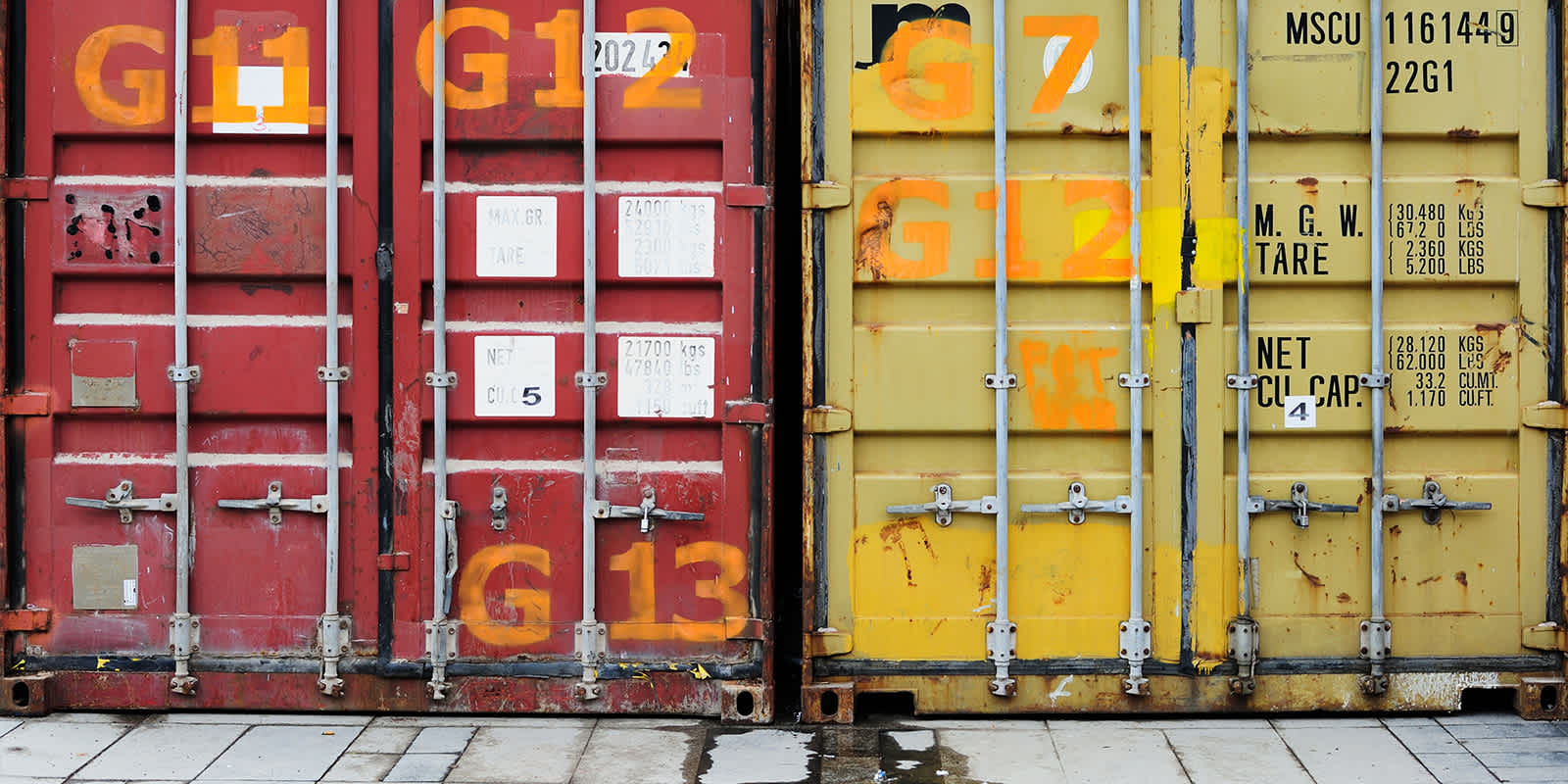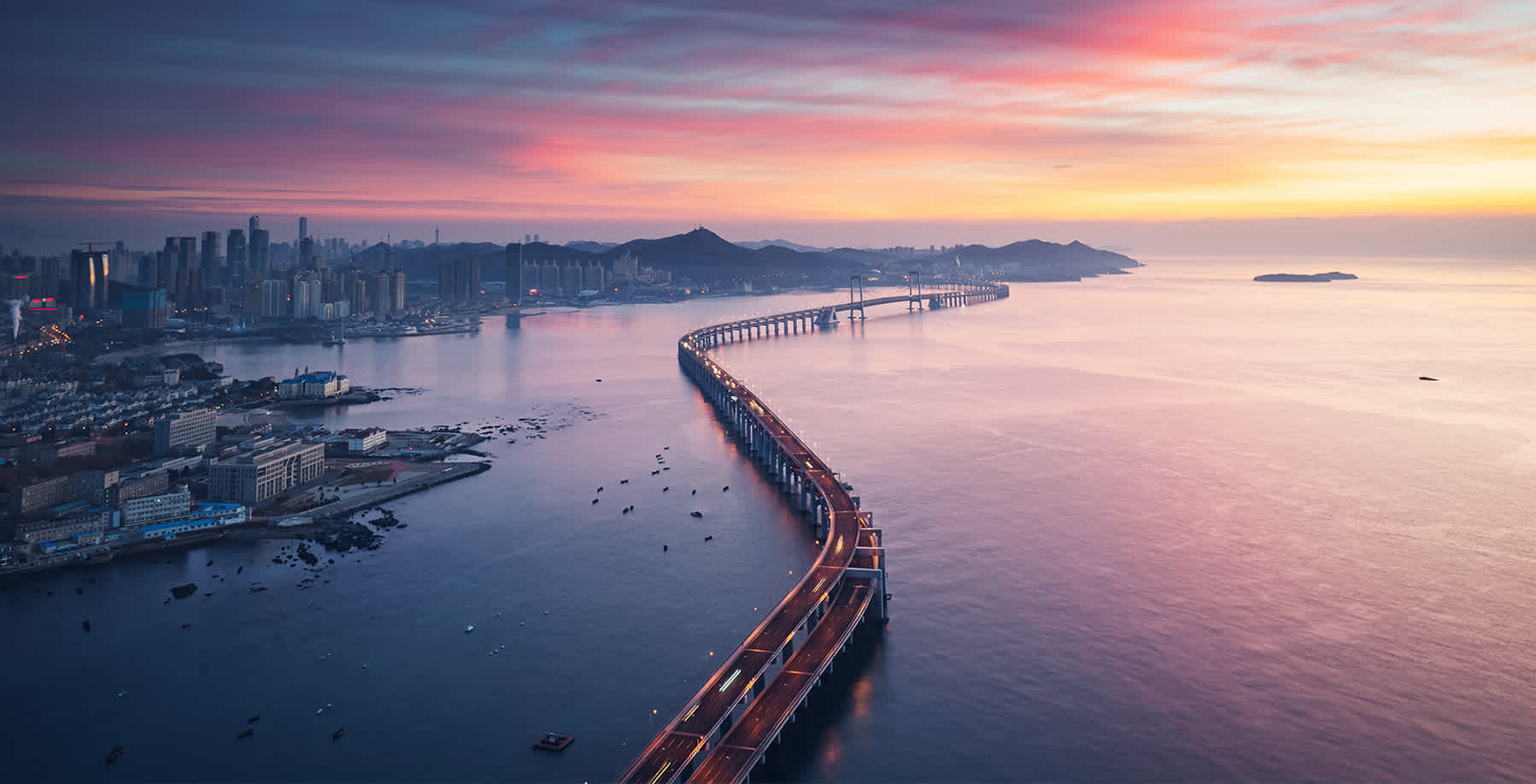
December 15, 2020
After the ONE Apus Container Loss, Carrier and Consignees Wait for Final Word on Damages
After the ONE Apus Container Loss, Carrier and Consignees Wait for Final Word on Damages
On November 30, the 14,000-TEU mega-vessel ONE Apus suffered a tragic container loss at sea. The Japanese-flagged ship, on its way from China to Long Beach, was racked by a severe storm cell approximately 1,600 nautical miles off the coast of Hawaii. As a result, 1,816 containers went overboard, including 64 with dangerous goods—leaving some consignees wondering when, if ever, they will see their goods and others thankful they had insurance.
The scale of the incident is astounding, now ranking as the second-greatest cargo loss in history, after the 2013 sinking of the MOL Comfort, a ship half the size of ONE Apus. Now berthed in Kobe, Japan, the ship appears to have sustained damage to the remaining containers with drone and other imagery showing tumbled stacks and crushed metal.
Declaring General Average
The incident has shippers wondering what comes next. After a year of ongoing ocean woes, the collapse of ONE Apus is yet another shock to a strained market—one that’s already struggling to source containers.
For now, the industry waits to see if ONE makes a declaration of General Average. That guiding rule dictates that, in situations involving an intentional sacrifice for the safety of the individuals and remaining cargo onboard, cargo owners with freight remaining on the vessel share the cost of losses before any goods are released.
Historically, for a declaration of General Average to occur, the standard that a sacrifice is intentional or voluntary is key. An example might be jettisoning cargo overboard to save the ship from sinking. The purpose of the principle is to avoid putting carriers in a position of cherry-picking cargo based on value during an emergency.
But in some cases, the standard is broadly interpreted. The shipowner of ONE Apus could try to declare General Average based on the sacrifices required to seek refuge.
Another possible outcome is that investigators may determine an Act of God, if they decide the loss was caused by a storm. Carriers would be released from liability, and cargo owners would manage the fall-out with their individual insurers. Those without insurance would have no avenue for recovery.
Since the situation as a whole is greater than the industry has experienced before, uncertainty prevails.
Determining Losses
So far, the total value of cargo losses stemming from the ONE Apus incident may exceed $200 million. The figure is extreme, but may be subject to certain liability limitations, in part because a vessel’s value can contribute to establishing a limit. ONE Apus is a high-value ship, sailing for less than two years and featuring new fuel-efficient technology.
“The carrier will incur enormous expenses to discharge this amount of damaged cargo,” says Flexport Global Corporate Risk Manager Yasuko Kudo, “especially since terminals are designed for throughput of undamaged containers. Just unloading, storage, and re-loading in Kobe—or elsewhere—will be complex and time-consuming.”
A recent release from ONE confirms container removal is expected to take longer than a month with no word yet on when consignees are likely to receive their goods.
Recovering Cargo
Barring uncontrollable circumstances, a shipper’s path to cargo recovery is likely to depend directly on insurance coverage. Customers insured with Flexport’s cargo insurance are protected in instances where a carrier declares General Average. When the declaration is valid, the policy covers the contribution required to release goods.
The principle applies more often than some shippers may realize: Recent high-profile cases include fires aboard the Maersk Honam in 2018, the Yantian Express in 2019, and the E.R. Kobe, also 2019.
In the Maersk case, the vessel salvor determined a salvage security of 42.5% of the cargo value, plus 11.5% as a general average deposit. For a shipper with goods worth $100,000, the bill would have been $54,000.
When cargo is insured through Flexport, the Insurance team coordinates with the insurer to get security and guarantees signed and delivered. A General Average adjuster, assigned by the shipowner, can then release cargo. The entire process can take weeks or months, depending on the nature of the incident. Flexport also assists with filing any additional claims for the value of goods.
What’s not covered by most cargo insurance? Usually, losses caused by delays or loss of market opportunity are covered only by specific enhanced coverage. The rules are strict with this kind of policy and are unlikely to apply to the ONE Apus incident.
Those without insurance find themselves in the bind of having to pay the General Average amount upfront—or risk losing their goods to the carrier. And even if the cargo owner surrenders cargo to the carrier, they remain responsible for the expenses incurred at the port.
In a year that underscores the need for protection from unforeseen events, insurance offers a salve for businesses that can’t afford the cash obligation or the loss of goods.
Learn more about how cargo insurance can help protect goods to better ensure business continuity.



